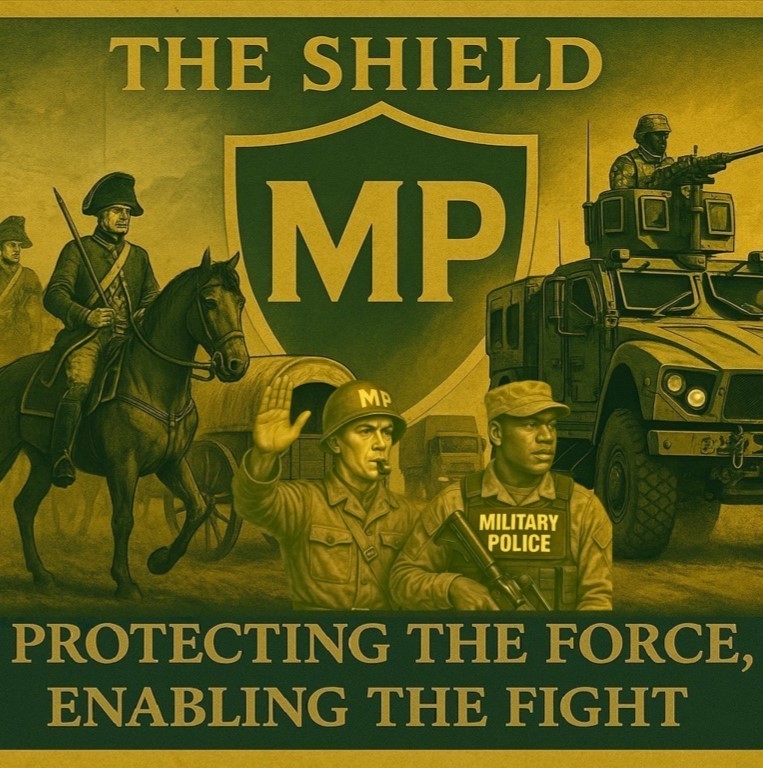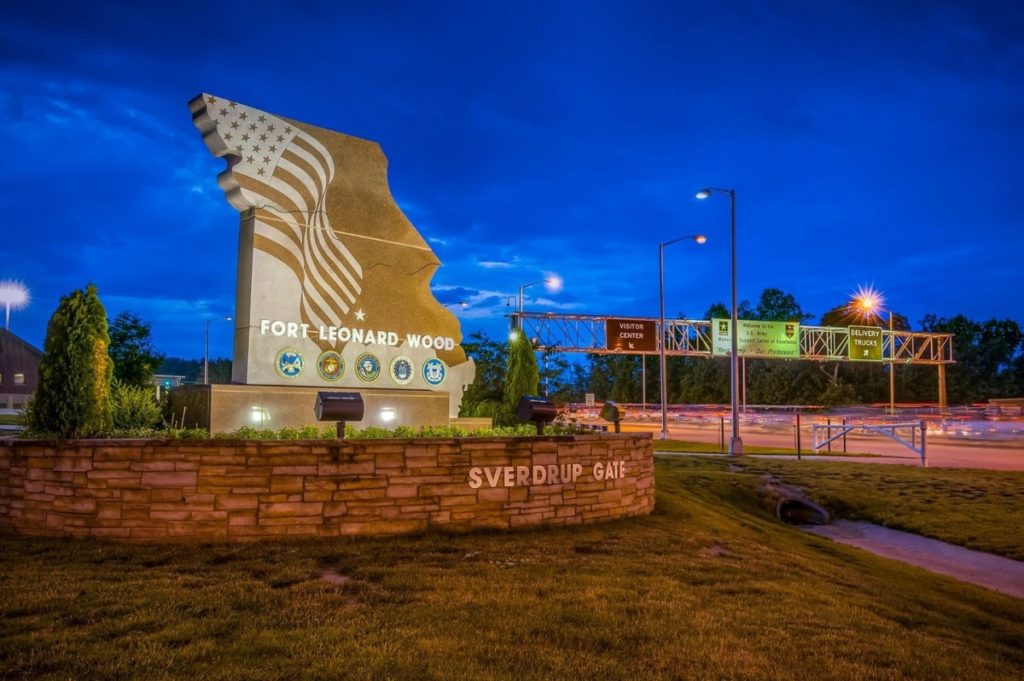Matt Decker
FORT LEONARD WOOD, Mo. (Aug. 17, 2020) — August 2, 1990, was the date many Americans first learned about the country of Kuwait, and that Iraq — which had been a U.S. ally — invaded it. Soon, millions would be glued to cable news, watching Operations Desert Shield and Desert Storm unfold, from U.S.-led coalition building and training to deployment, combat operations and victory — all in just over six months.
It’s been 30 years since the Gulf War captivated the nation’s attention. While the U.S. has conducted multiple operations since that time, many reminders of the Gulf War remain, including two permanent fixtures at Fort Leonard Wood.
The Desert Storm Memorial Stone has been a part of Memorial Grove since it was installed and dedicated in 2016. Veterans, family members and others still place coins, pins, dog tags and other mementos on the stone in remembrance of those who served and sacrificed.
Another reminder is the 1991 Desert Storm Display, located in the U.S. Army Engineer Museum inside the John B. Mahaffey Museum Complex.
“It’s basically commemorating all engineers (serving) in Operations Desert Shield and Desert Storm,” explained Troy Morgan, Engineer Museum director.
A part of the museum since the early 1990s, the display features multiple photos and artifacts from the Gulf War, from a U.S. Army uniform from the era to U.S. and Iraqi weapons and equipment.
“That piece of shrapnel in there — that’s from a S.C.U.D. missile,” Morgan said as he gave an overview of the display. “You’ll see an Iraqi helmet, an Iraqi canteen. These yellow and black signs are the Iraqi minefield markers. And this license plate is from an Iraqi Army vehicle.”
According to the “1991 Engineer Center Annual Command History,” the Gulf War impacted nearly every activity on Fort Leonard Wood in some way in 1990 and 1991, with nearly 4,000 Soldiers passing through the installation for processing, training and deployment.
Three Fort Leonard Wood units, the 5th Engineer Battalion, the 93rd Evacuation Hospital and the 515th Engineer Company (Pipeline), were deployed to the Persian Gulf.
Of the three, the 5th Engineers were involved in major combat operations in support of the 1st Battalion, 24th Infantry Division.
According to the unit’s history listed on its official Facebook page, the “Fightin’ Fifth” was notified Aug. 12, 1990, of its deployment, which began in late October with their arrival in Saudi Arabia. There, they constructed Sapper Base, an 800-Soldier base camp and were responsible for conducting long-range reconnaissance along the border between Saudi Arabia and Iraq. 5th Engr. Bn. Soldiers were on the front lines with the 24th ID once U.S. forces began their attack. The unit breached 8-meter high, double earthen berms, fought as infantry against Iraqi forces and destroyed Iraqi war materials, including hundreds of bunkers, weapons, rail lines and more.
Like many Soldiers throughout history, several 5th Engr. Bn. Soldiers picked up souvenirs during their tour, many of which were donated to the museum. In fact, Morgan said, most of the items now in the museum display were donated by the 5th Engineer Battalion, including a distinctive highway sign that hangs above the hallway where it is located.
“You can see it says ‘Baghdad,’ ‘Highway 1’ and it also has a small brass plaque in the corner that’s sometimes hard to see,” Morgan said.
Although the 5th Engineer Battalion’s scope of training and operations have changed somewhat over the past 30 years, the Gulf War remains an important chapter in the history of the unit, according to Maj. Tyson Behnke, 5th Engr. Bn. executive officer.
“As a battalion in (U.S. Army Forces Command), the (5th Engineer Battalion) and its subordinate units are still expected to maintain readiness and deploy in support of contingency and non-contingency operations throughout the world,” Behnke said. “The battalion no longer has organic construction assets but maintains the ability to command and control and sustain those assets if assigned.”
While the museum complex has been closed to the public since March due to COVID-19 mitigation procedures, the 1991 Desert Storm display isn’t going anywhere. In fact, Morgan noted, the display is scheduled for an upgrade in the near future.
“We try to upgrade all the time. This is scheduled for an upgrade in 2022,” he said. “We’ll basically change the artifacts, rip down the carpet and widen this (window) to make it easier for visitors to see it as they approach the display.”
Visitors can also be assured that the display commemorating the Gulf War will be around for many years to come, Morgan said.
“We have what we call temporary displays and long-term displays — this is a long-term display,” he said.



-30-
About Fort Leonard Wood
Fort Leonard Wood is a thriving and prosperous installation that has evolved from a small basic training post more than 75 years ago to a premier Army Center of Excellence that trains more than 80,000 military and civilians each year.
Fort Leonard Wood is home to the U.S Army Maneuver Support Center of Excellence and three U.S. Army schools: the U.S. Army Engineer School; U.S. Army Chemical, Biological, Radiological and Nuclear School; and the U.S. Army Military Police School. In addition to training engineer, CBRN and military police specialties for the Army, Fort Leonard Wood also provides gender-integrated in-processing and Basic Combat Training for new Soldiers.
Fort Leonard Wood also hosts and trains with the largest Marine Corps Detachment and Air Force Squadron on any Army installation as well as a large Navy construction detachment.
More information about Fort Leonard Wood is at: https://home.army.mil/wood/index.php/about/mission


